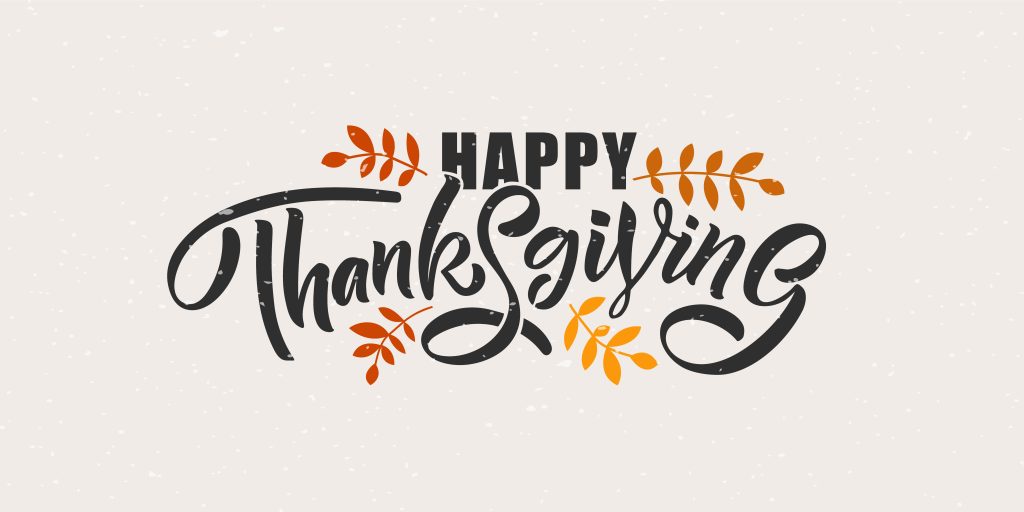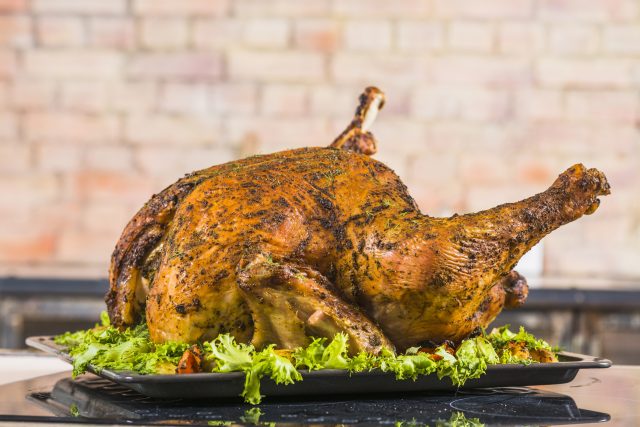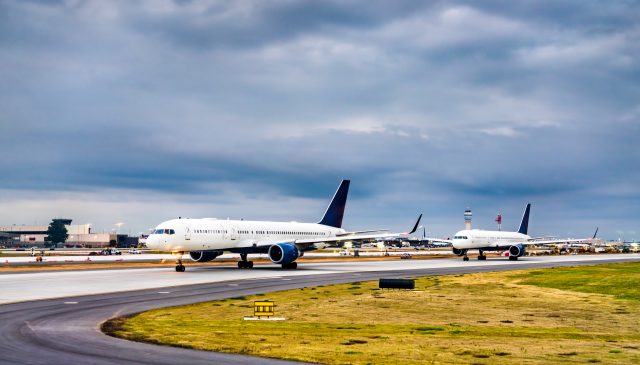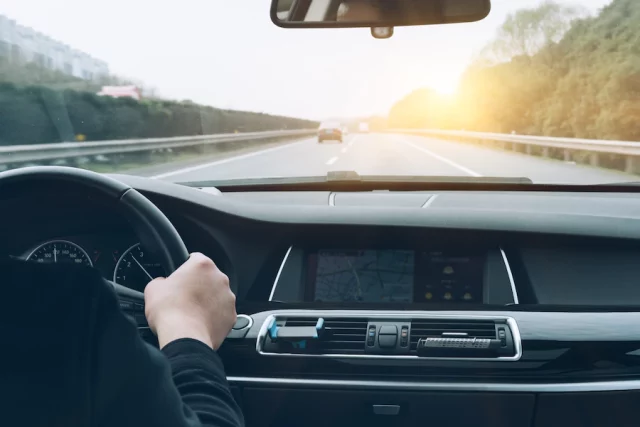
REMEMBER THE 4 STEPS TO FOOD SAFETY:
1. CLEAN: Wash your hands and surfaces often
2. SEPARATE: Don’t cross-contaminate
3. COOK: Always cook food to the correct temperature, check them with a food thermometer
4. CHILL: Refrigerate promptly if not eating right away
Steps to follow before cooking a turkey:
Read labels carefully. Temperature labels show if the bird is fresh or frozen. If you plan to serve a fresh turkey, purchase it no more than two days before Thanksgiving.
Purchase two thermometers: a refrigerator thermometer to ensure the turkey is stored at 40 °F or slightly below and a food thermometer to make sure the cooked turkey reaches a safe 165 °F.
The USDA recommends thawing a frozen turkey in the refrigerator 24 hours for each 4 to 5 pounds. Place the turkey in a container to prevent the juices from dripping on other foods.
STEPS TO FOLLOW WHEN COOKING A TURKEY:
Wash hands with warm water and soap for 20 seconds before touching any food to prevent the spread of many types of infection and illness.
Do not wash the turkey. This only spreads pathogens onto kitchen surfaces. The only way to kill bacteria that causes foodborne illness is to fully cook the turkey.
Keep raw turkey separated from all other foods at all times.
Use separate cutting boards, plates, and utensils when handling raw turkey to avoid cross-contamination. Wash items that have touched raw meat with warm soap and water, or place them in a dishwasher.
Cook the turkey until it reaches 165 °F, as measured by a food thermometer. Check the turkey’s temperature by inserting the thermometer in three places: the thickest part of the breast, the innermost part of the thigh, and the innermost part of the wing.

THANKSGIVING IS THE PEAK DAY FOR HOME COOKING FIRES
- Be sure to keep a fire extinguisher in the kitchen in case of emergency, and teach your family how to use it
- Be cautious when using turkey fryers as they pose a number of distinct safety concerns, including burn and fire hazards
- Never wear loose fitting clothing when cooking; long, open sleeves could ignite and catch fire from a gas flame or a hot burner; wear short, close fitting or tightly rolled sleeves when cooking
- Make sure you have smoke alarms on every level of your home; test alarms monthly and replace all that are 10+ years old
- Keep a close watch on your cooking and never leave food unattended
- Keep oven food packaging and other combustibles away from burners and other heat sources
- Have a “kid-free” zone of at least three feet around the stove and areas where hot foods and drinks are prepared or carried
- Keep a lid nearby to smother small grease fires

FLYING:
- Pack Light – Most airlines charge extra for checked bags, so try to fit everything into carry-on luggage. Not to mention, you’ll avoid baggage claim or the risk of your belongings getting lost or damaged.
- Arrive Early – During the holiday season, and particularly during Thanksgiving, flights are packed. If you miss your flight, your chances of getting another flight to your destination are unlikely. Wake up early and get to the airport with plenty of time to spare.
- Book Early – Last minute booking around Thanksgiving is not a great idea for many reasons. With most people trying to book for the same travel dates, flights get booked up earlier than usual and costs begin to surge as the holidays approach. It’s better to start looking for flights as early as possible.

DRIVING:
- Leave Early – Traffic gets brutal around 3 p.m. on the Wednesday before Thanksgiving. If you leave during the early hours of the morning, you will bypass a lot of congestion on the roads.
- Use a Traffic App – If you’re traveling through a big city, check traffic conditions before leaving for your trip. You can plan your route accordingly to avoid the headache of bumper-to-bumper traffic.
- Charge Electronics – Make sure your phone is charged before you begin your journey. You never know when you’re going to need it to find a gas station, or to help you navigate through unfamiliar cities along the way. It’s a good idea to invest in a car charger just to be safe.
- Bring a Snack – You want to be sure you’ve packed enough snacks (and water) to get you through your road trip without having to make frequent stops.
- Check Your Vehicle – Not only do you want to fill your tank before leaving, but also take your vehicle for a quick inspection. Make sure your fluids and tire pressure are on point to avoid breaking down in an unfamiliar town. Nothing will ruin your Thanksgiving plans like being stranded on the side of the road.

FOLLOW THESE SIMPLE TIPS TO HELP KEEP YOUR HOME SAFE WHILE YOU’RE OUT OF TOWN FOR THE HOLIDAYS:
- Remove fall-related objects that might allow access to your home. For example, ladders for cleaning leaves out of gutters can be used to enter a window or scale a fence
- Don’t post-Thanksgiving travel plans on social media letting people know that you will be out of town
- Turn your telephone ringer down so no one outside can hear repeated rings; and review your answering machine message to make sure it does not imply that you are away
- Make sure to have all mail, newspapers, and deliveries stopped or picked up by a neighbor, friend or relative
- Never leave a key hidden outside. Burglars know all the best hiding places
- Secure all windows, including those upstairs and reduce the chance of easy entry by cutting tree limbs away from second-story windows
- Have a friend move your car occasionally if it is parked in the driveway
- Use timers to operate lights
Original Source: https://www.safety.af.mil/Divisions/Occupational-Safety-Division/Fall-Safety/Thanksgiving-Safety/